You can’t talk about automation without mentioning industrial robots, and you can’t talk about industrial robots without highlighting robotic arms. They are the parts that do all the work, thanks to their design that has different parts that move independently but work together to get things done. So what exactly is a robotic arm used for?
We will explore the functions and applications that robotic arms are used for in manufacturing, and at the same time, we will dive a little into the benefits they bring to the table. If you are a manufacturer looking to automate your business, it will serve to have a good idea of what robotic arms do.
Welding
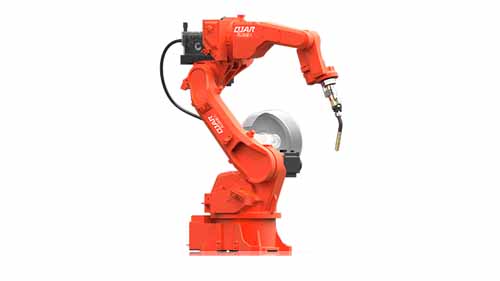
Welding comes in many forms, with the most common ones used in heavy industries being spot welding and arc welding. These two experience intense heat and use high voltage, which can be dangerous to human operators. But thanks to robotic welding arms, this job can be handled safely, quickly, and accurately. Robotic arms are able to deal with the heat and are not affected by any harmful fumes that are produced in the welding process.
Material Handling
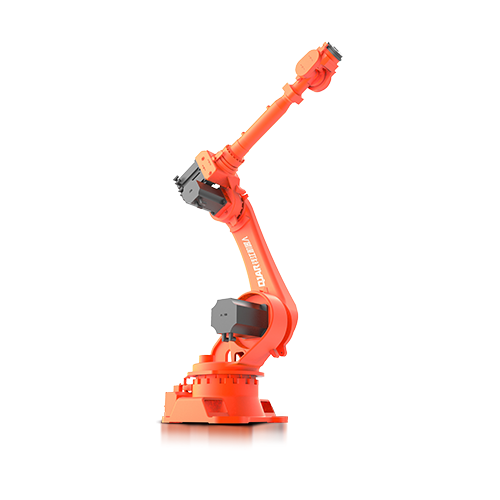
This is the moving, selection, and packaging of materials and products in an assembly line. This type of task usually requires a very keen eye and fast hands in order to ensure that everything goes where they need to be without missing something humans can mess up. Robotic arms, on the other hand, are specialized for speed and are equipped with accurate sensors that act as precise guides. Material handling reduces labor costs and the chances of accidents.
Machine Tending
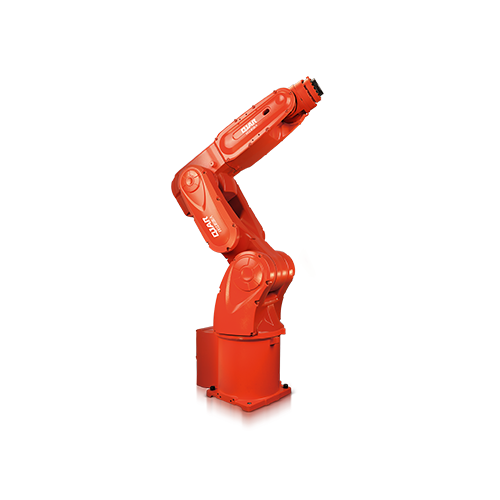
This is the loading and unloading of raw materials in readiness for manufacturing. When raw materials are transported from the source to the factory, they are packed in huge amounts that require a lot of labor to transport them to where they are supposed to be. This is a risky task that can lead to human casualties. But where industrial robots are involved, this risk is entirely eliminated. Robotic arms are designed to have the capacity to handle heavy loads without straining, and this makes machine tending easier and quicker, saving money and time that would have been wasted on human labor.
Painting
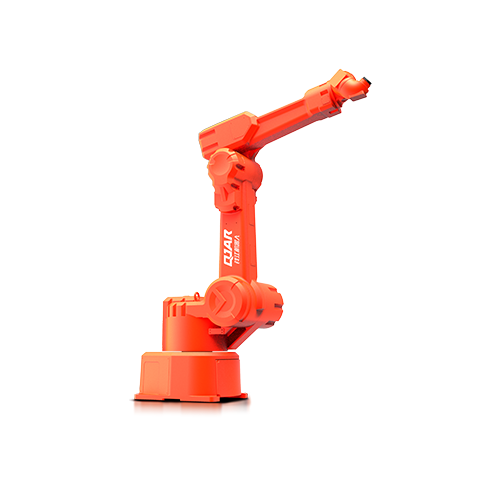
Painting robots are mainly used in the automotive industry, where a lot of harmful chemicals are handled. Painting a car is not an easy job as it requires several layers of different kinds of paint that will be able to withstand the elements once the car hits the road. To ensure this, the layers have to be painted accurately and uniformly, something that only robotic arms can handle. Painting robots have the ability to apply clean layers of paint without overshooting, and they can do an entire car at ten times the speed of a regular human.
Pick and Place
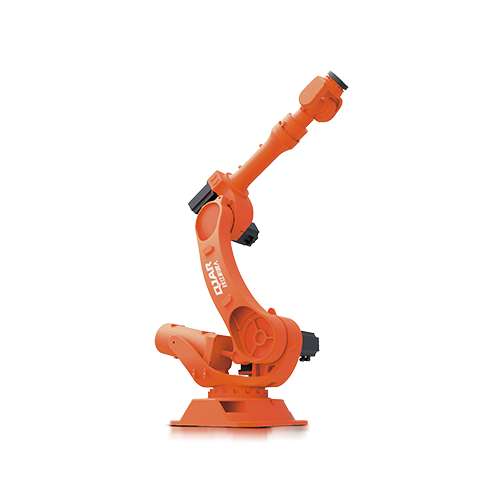
Pick and place robots are usually placed in loading zones where products are prepared for distribution. The heavy products have to be picked from the ground to the waiting trucks as quickly as possible without any damage coming to them. This cannot be achieved by human labor. But when pick and place robots come into the picture, speed, accuracy, and safe handling become a reality. There’s also uniformity when it comes to packing the products as they are arranged in orderly pallets through a process called palletizing.
Assembly
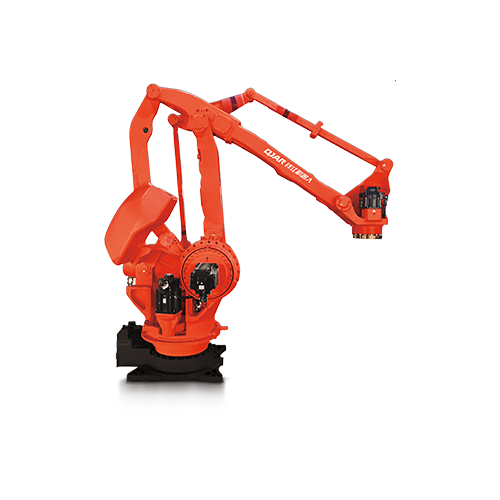
Automotive assembly is one of the industries that benefited the most from automation. In the past, the entire process of making cars used to be handled by people, and this took too long, had higher chances of errors, and uniformity was never guaranteed. With robotic arms, however, the speed shot up significantly, and now cars can be churned out faster than the demand can soak them up. The heavy nature of cars also made it unsafe for people to work near them; robotic arms, on the other hand, are designed to handle heavy payloads with ease.
Machine Cutting
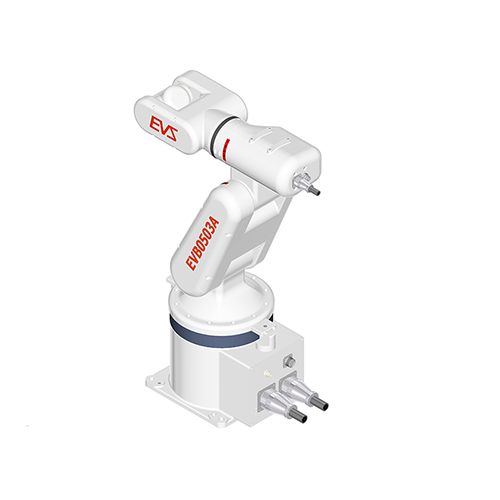
Dealing with metal requires mettle, and traditional methods simply don’t cut it anymore. Machine cutting is a heavy and intense task that requires a lot of time and precision. However, thanks to technological advancements, the best industrial robot arm brand can be equipped with cutting tools that they can use to cut, grind and polish any type of hard surface within minutes without any room for errors. This has come in handy in steel mills that now are able to increase their production and are flexible enough to come up with eccentric shapes and designs.
Sorting
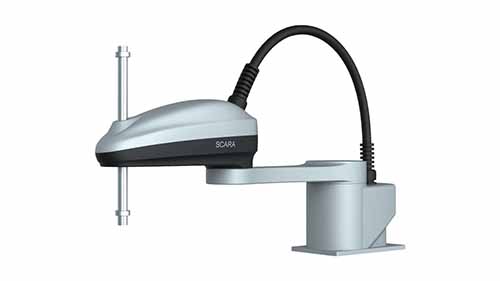
Sorting is another important and widely used process in manufacturing that involves the selection of good finished products and getting rid of faulty ones. This job used to be handled by people who needed a lot of experience for them to be able to handle it fast enough with minimal errors. With robotic arms, hoover, this work can be done non-stop without any errors, thanks to visual sensors that are able to scan products at high speeds and detect even the slightest of deformity. This has reduced the losses that manufacturers used to incur in the past.
Conclusion
The contribution that robotic arms add to the automation process cannot be quantified. They are the brains, the arms, and the legs of manufacturing, and this role will continue growing in the next century to the point where manufacturing will be handled entirely by industrial robots. For more information on the EVS industrial robot arm, check out our website and have all your questions answered by our team of experts.
